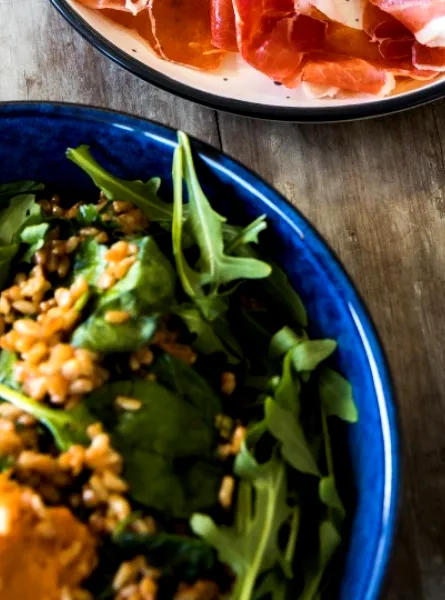
Gender stereotypes are found everywhere, from clothing to toys. But did you know that they are even found on grocery store shelves and in our pantry! Here’s a quick summary of the major trends in gender stereotypes in food.
What Are the Feminine Eating Stereotypes?
- healthy, light (or with these indications).
- homemade.
- Vegetarian.
- Delicate foods that are eaten in small bites.
- with a pale or even pink packaging!
- sweet, but not too sweet!
What Are the Masculine Eating Stereotypes?
- ready-to-eat, rich in meat either frozen or canned.
- in large portions.
- in large chunks that can be torn or are difficult to eat with ‘style’.
- spicy, salty and/or fatty.
In Summary:
A ‘feminine’ woman eats delicate foods that are eaten in cute, healthy, possibly vegetative bites with a nice pale pink packaging. A mix of all this results in: A nice bowl of homemade tofu with a light yogurt that tastes like heaven! Because it is known, all women are butterfly princesses, right?
A real male eats a big, ready-to-eat meal, rich in meat and salt and if possible that he can tear with his teeth. Like a Jerky beef starter with a canned soup with a frozen triple-meat extra spicy pizza. Because all men have a caveman hidden inside them.
I hope I didn’t insult the cavemen by the way!
Having Said That, Here Are My Deep Favorite Stereotypes:
Eating meat is ‘male’!
To be a strong man, you have to eat meat in all its forms. The more you eat, the more ‘male’ you are. Conversely, if a man is a vegetarian, some may perceive him as less masculine. Vegetarianism being rather associated with women.
I have heard people worry about the ‘masculinity’ of their relative, a boy or young man who has decided to become a vegetarian. I don’t know what part of his masculinity he was worried about, but it doesn’t seem like he has lost it, until now!
Nutritional note: We all need a certain amount of protein from the animal or vegetable kingdom, without any influence for our gender. It is mostly a question of the level of physical activity.
Yogurt, a food for women!
In the 60s, the yogurt industry was non-existent and grew rapidly. It gained its place as a ‘functional’ food, good for digestion and weight management, rich in probiotics and good for weight management. Needless to say, marketing efforts were directed towards women. This has certainly left its mark on the collective unconscious.
Even today, notice the number of ads on yogurts! Who is the target of the ad? What is this person’s objective? Often, it is a woman who eats healthily, takes care of herself, has energy and a flat stomach. I haven’t yet seen an ad with a bunch of men eating yogurt while listening to a sports game (which is also a stereotype, I know ;) ).
Salad (and vegetables) is for women!
Salad and vegetables are associated with healthy eating, vegetarianism and sometimes even some commercial diets. Thus, salad is associated with femininity.
Let’s talk seriously! Many humans of all genders love salad and all vegetables, but the reverse is also true! All tastes are in nature.
Nutritional note: Moreover, men often don’t eat enough vegetables in all their forms, which doesn’t help their health! Vegetables are rich in fiber, low in fat and salt and help to fill up and satiate! If men ate a little less meat and more salad, they would clearly have better health in terms of weight management, cardiovascular disease, digestion (less constipation :O)!
Girls have drinks, Guys have beer
Alcohol is also affected by gender stereotypes! Among the ‘girlie’ alcohols, we find rosé wine, some shooters, any sweet, coloured, slush or juice ‘drink’. On the ‘male’ side, the strong, beer (especially the basic one, temperature: shelf) are associated with ‘real males’! It’s a funny stereotype, it’s even a bit sad! Alcohol is something to be savoured at 100%, so it would be a shame to let stereotypes decide on our alcoholic choices.
Alcohol is alcohol, I challenge you to choose your next alcoholic drink in complete contrast to what you normally take. Gentlemen, to your sangria; ladies, to your scotch!
Nutritional note: Remember, enjoy it 100%, and in moderation.
In conclusion, gender-related food stereotypes do exist! They are everywhere and there are many more. When you see food ads, imagine completely different actors, of different sexes and ages. Let’s get rid of these stereotypes, one person at a time. At the grocery store and restaurant, notice if you have prejudices about food.






